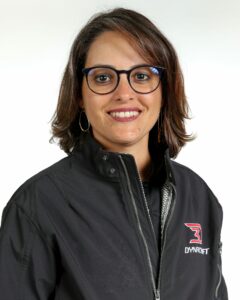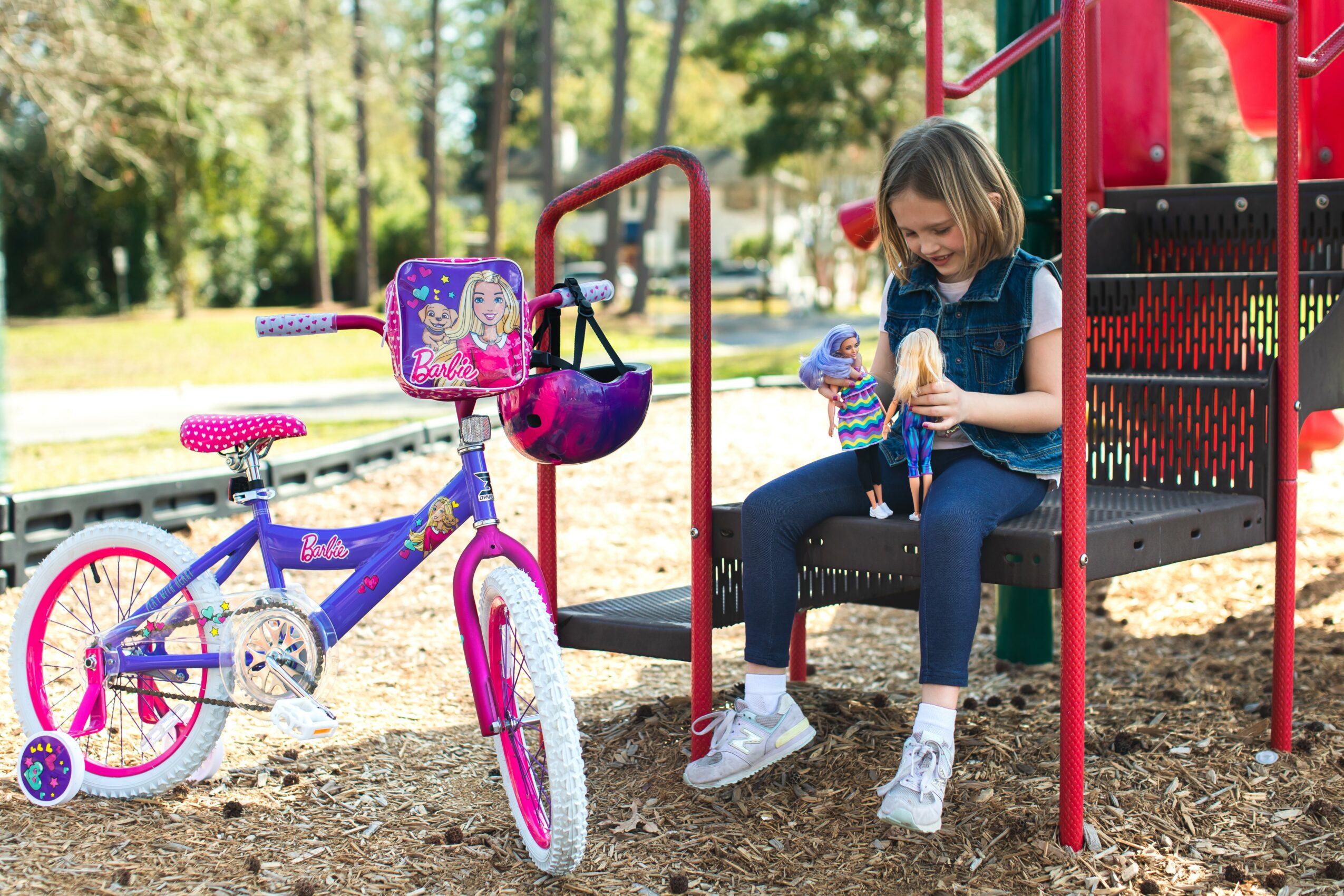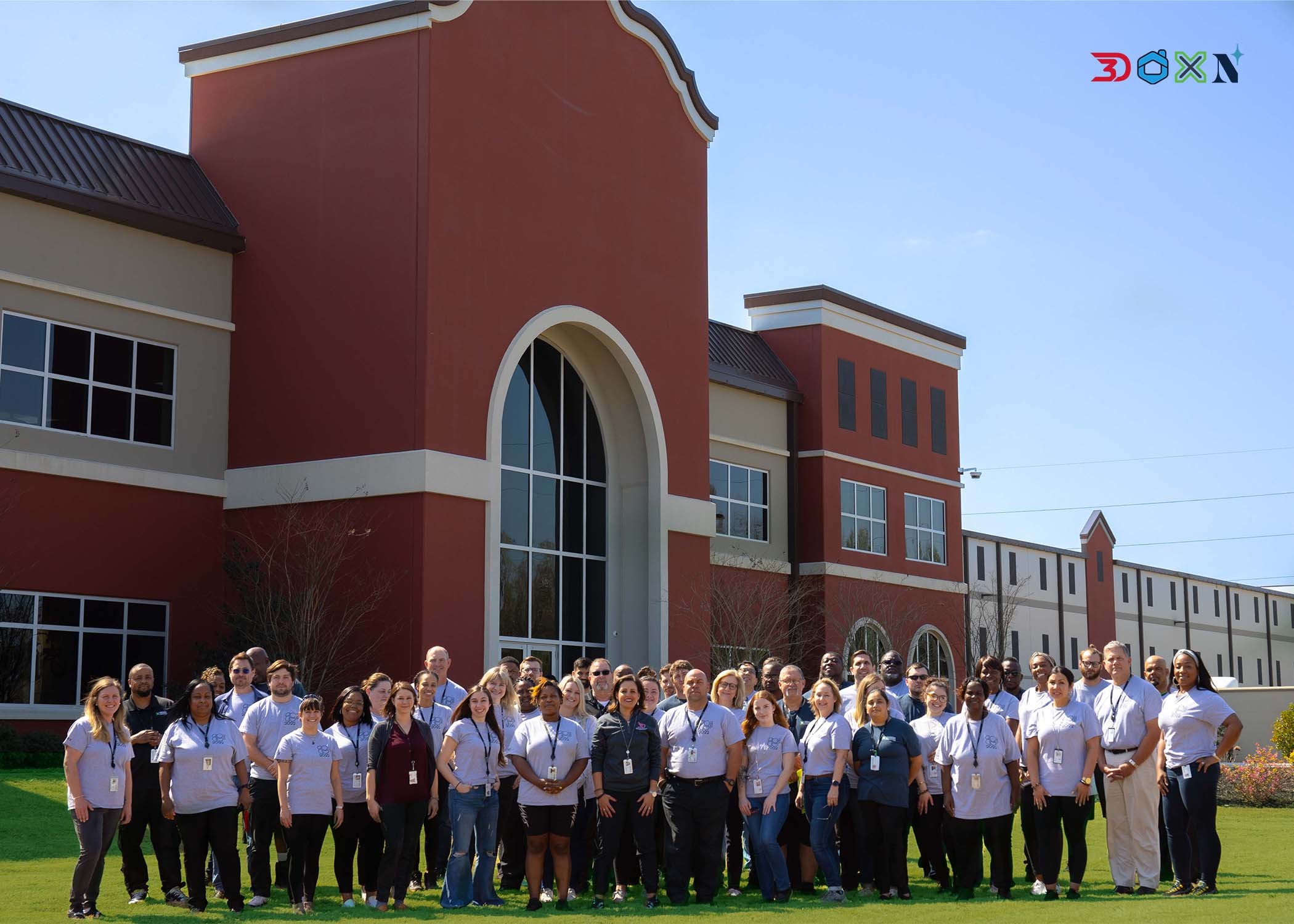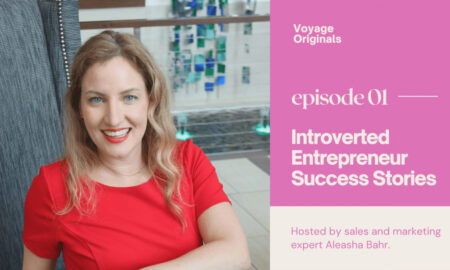 Today we’d like to introduce you to Patricia Gates.
Today we’d like to introduce you to Patricia Gates.
Hi Patricia, thanks for joining us today. We’d love for you to start by introducing yourself.
I’m originally from Brazil. I’ve been in the United States for about 27 years. My career started early as a web developer in Georgia and a then little town in Carrollton, Georgia. I moved up the ranks on the front-end development side of my career through Home Depot, a corporate office in Atlanta, and I got my first job at Dynacraft.
My job at Dynacraft started seven years ago, in July 2015. I came in as an E-commerce Manager for Dynacraft. So, my job was to essentially bring Dynacraft to the digital world. So, start with a website, digital marketing strategy, and content strategy, bringing systematic efficiencies to the company. Since I first got to Dynacraft, my role has evolved. I have grown from an eCommerce management personnel to the Director of Business Development, where I oversaw all our front-end departments creative like customer service, like E-commerce, and marketing. From there, I graduated once more as director of business operations, in which I was mainly overseeing our licensing world, and our sales world, continue to oversee creative and customer service as well as eCommerce. Today, my role has now evolved into a director of operations.
So almost like a Vice President role, where I oversee all the components of Dynacraft. So, for us here at Dynacraft, this evolution of not just my role, but all our roles in the past seven years have been derivative of us kind of coming from the shadows of being a supplier. So being in the background and allowing our product to shine through partnerships at retail, to then bringing our product to market and shining on its own both in social media outlets, as well as in digital platforms.
Alright, so let’s dig a little deeper into the story – has it been an easy path overall, and if not, what were the challenges you’ve had to overcome?
In my time with Dynacraft, the biggest obstacle I have faced began very early on, as when a supplier does not have a brand presence yet sells a lot of brand-specific products in your store, your success and product recognition depend on your placement at retail. The biggest challenge you have is forming a digital presence. Distributing your content, distributing your product online, and then establishing enough notoriety to capture some velocity online with your content is essential. So that was a big challenge for us.
When I first joined the company spent a lot of money directing traffic to big retailers’ websites. For example, we spent a lot of resources on Google ads, trying to bring notoriety and visibility to our products, and then drive that traffic to walmart.com for purchase. That’s not the best way to do this because most people already go to walmart.com to make purchases. So why are we spending money bringing them to walmart.com or amazon.com when we are already aware that this is where they start most of their purchasing decisions? So, instead of spending most of our ad spend to bring traffic to big retailers, we changed our approach to now capture the traffic that’s organically arriving at these retailers and bring them to our product page. Our obstacles and challenges are 100% related to our digital presence, our brand notoriety, and then adding validity to who we are and the kind of product we sell. Another obstacle is the ins and outs of products at retail. We at Dynacraft sell a product that is a commodity rather than a necessity.
Not many markets view a bicycle, at least in the United States, as a necessity. They see it as discretionary spending. So one of the challenges we have is to always make sure that we ride the wave of product interest. For example, not many people don’t know this, but most interest in bicycles happens right around the Easter season because that’s when you know people are thinking about how summer’s coming. People often feel the need to buy a bicycle so they can hang out outside and play with their kids after a cold winter. Because of this, most bicycles are sold right after Easter and before Memorial Day. These are the big peaks and valleys for the seasonality of our products. This was an obstacle for us in trying to understand where those seasonalities are. Whereas today’s obstacles are related to supply chain disruption and shipping disruption.
This is a problem we have seen everywhere. Everybody’s having these types of disruptions. Therefore, understanding what they are, and how to navigate them is by far the biggest focus at Dynacraft today.
Alright, so let’s switch gears a bit and talk business. What should we know about your work?
My professional career has evolved tremendously from being a front-end developer and web designer to overseeing an operation. My biggest challenges and changes have been dealing with a computer and designing a website, having little interaction with other employees, or having very little oversight over other departments. My job consists of basically managing a project, managing a website, or simply managing the needs of a business, and then perpetuating those needs into an appealing website that meets their needs.
That was great dealing with computers is great. As I graduated, I moved more and more into dealing with people and managing resources, overseeing departments, dealing with personalities, dealing with departmental goals, and so I had to learn a lot more soft skills, juggling aptitude, and handling different departmental goals. It’s almost like bedside manners, with which you can bring out the best in your employees. Leadership topics have become very important to me. Leadership books are important to me because you can’t lead people if you don’t understand what it means to be a good leader. As everyone knows, managing people differently requires a different approach. I work with managers who have different personalities, and with a few of them I can be direct and say ” Hey, I need this from you by tomorrow” they would respond to it by saying Got it! Let’s Go.
Whereas another manager that I can have is a completely different person who can come to me and go, right? So, if you need this today, can you tell me when you need it? I need to understand what your goal is. So, there’s a different way to get the best out of your employees, and when it comes to my profession when it comes to my professional growth. It has been geared a little less towards my abilities and my you know what I went to school to do and a little bit more toward people management. Therefore, being able to manage my time being able to manage my calendar being able to be present, anytime that I’m meeting with one of my employees, not meet with somebody today about this, but and then have my mind and my head in a completely different meeting that’s about to happen, you know, 30 minutes from now.
I need to be able to be present because my time is important but so is there so it’s not fair for me to feel like my, you know, organizing my life is the only kind of important thing there. So that’s by far been the biggest evolution of the profession of my professional world. risk-taking.
Risk-taking is a topic that people have widely differing views on – we’d love to hear your thoughts.
One of the things that my boss tells me all the time is you must spend money to make money. I’m a person that I don’t I don’t spend money without logic. I don’t spend money without knowing for sure that’s the right thing to do. So, coming from a third-world country, you are very conservative with everything you have. You don’t just go around buying $150 pairs of shoes just because they look good. That doesn’t make any sense. So, I am a conservative person, my husband will even joke and say you are borderline stingy. That’s just because that’s how I was raised. Come into a world where you must spend money to make money.
You must be willing to splurge on the best things. So that it can yield the best results. If you spend, if you go cheap on a piece of software or a piece of equipment for your operation, or you know an ad spend for your product. If you go cheap on that you’re not going to get the results that you’re looking to get so you must spend money to make money. That to me is 100% associated with risk-taking. You have to my philosophy with every one of my managers, when they come to me asking to purchase a software for example. My biggest thing to them is, is it best in class because that’s going to generally tell me, it’s not going to be cheap. If it’s best in class. The next thing I ask is, is it going to do everything you need it to do and more because you got to scale for growth? The next thing I ask is, is it going to communicate with the other systems in our ecosystem?
If it’s not, we don’t need it. I don’t need a piece of software that’s not going to talk to everything else that we already own. And the final thing I ask is I play with my management team. DO NOT PURCHASE a Ferrari and drive it like a civic if you are purchasing the best of the best, then make the best use of that. You must be able to leverage the resources you have. And one of the most risk-taking lessons I’ve learned from my boss is you must spend money to make money and that is by far the biggest lesson that I’ve learned as I oversee the operations.
Contact Info:
- Website: https://dynacraftwheels.com
- Instagram: https://www.instagram.com/dynacraftwheels/
- Facebook: https://www.facebook.com/DynacraftWheels/
- Twitter: https://twitter.com/dynacraftwheels







 Image Credits
Image Credits
Shadburn Studios











